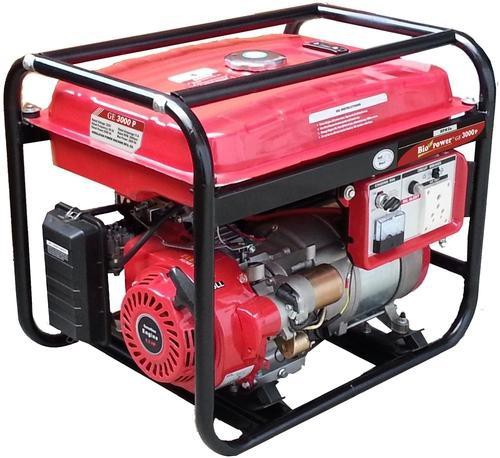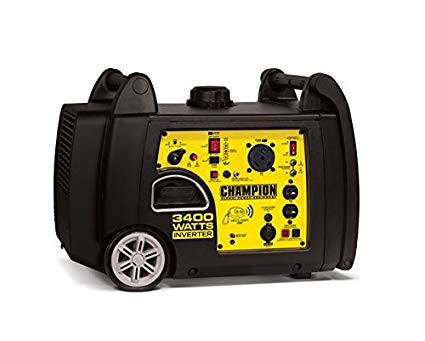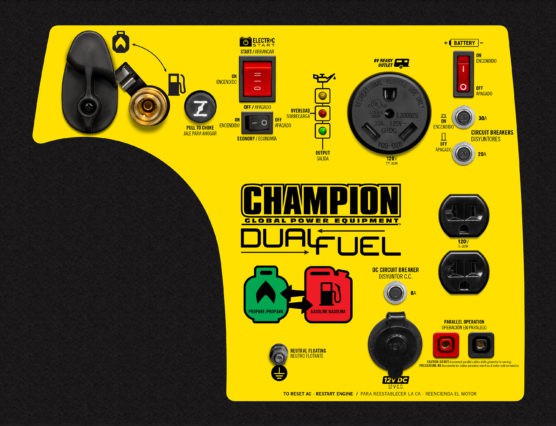
So it's been a little while since my last log, and here's why: As of my last log, I have successfully used kegs and home brewing fittings to produce a clean flammable gas from locally harvested woodchips and I take as a reasonable indication that I can also produce flammable gas with any locally-available dry biomass, including shredded burnable trash, such wood waste, yard waste, and cardboard. So now the question has become, how do I actually get useable power out of this gas that I can now make?
Part of the reason that wood gas/syn gas is not more widely used is that it has a considerably lower energy content than gasoline or natural gas. It's still quite potent as a fuel, but depending on how you make it, it can be 10-50% less calorific than gas. The way I'm doing it doesn't introduce any air into the gas, which keeps it from being diluted with atmospheric Nitrogen, and keeps it on the high side of that range. Still, when you run this kind of gas in an engine designed for gasoline, it produces slightly less power per stroke, and so then engine runs at slightly lower RPM.

This isn't really a problem for the engine, as long as the fuel is clean an the air:fuel ratio is right, but it IS a problem for most cheap portable generators (see above), because until quite recently, most generators were designed to produced electricity using a type of generator that produces 60 hertz pure sinewave AC power ONLY WHEN IT IS SPINNING AT EXACTLY 3600RPM, which is the speed that most gas engines are designed to spin at. If you feed them syngas instead of gasoline, which is quite easy to do otherwise, they'll still run but they'll spin slightly-or significantly- slower, and produce AC power that is not quite 60hz, and not quite 120V, which can cause appliances designed to run at 120V to either not work or not work well.

BUT! In the past 10-20 years, a new style of generator has come on the market, called "inverter generators", which produce 120VAC power from fuel in a different way. Inverter generators use a permanent magnet DC generator to produce DC electricity, and feeding that variable-voltage DC power into an inverter that can accept a wide range of DC voltages, and convert it efficiently into pure sinewave, voltage controlled, 120VAC. If you're familiar with solar power setups, it's basically an MPPT charge controller and pure sinewave inverter, combined into one unit. The advantage of this design is that it is not only more efficient at producing electricity, but allows the engine to spin at different speeds without affecting the output power.

This is what the "ECO-throttle" feature does on some generators- it lets the system speed up and slow down the engine (thus consuming less fuel) in response to the load demand on the generator. You can't do that on a non inverter generator. This design is also what makes it possible to build "dual fuel" generators, which have become more common in recent years. Propane and Gas also have different energy contents (Gas produces more power than Propane, which produces more power than wood-gas) and so until recently it was fairly difficult to switch a generator between gas and propane. But since inverter generators convert whatever DC voltage is being produced, they don't care if it runs faster or slower.

All this is to say, it is way more feasible now than it ever has been before to make clean, efficient, and modular (these units are parallel capable, and can act as one generator when you need more power) electricity, using any dry biomass as the fuel. I'm also really excited to see that generators like this one are available on Amazon Prime for less than $1000! My original plan was to use a DC motor to produce power that I would feed into a charge controller, battery bank, and then a sinewave inverter, and I may still do that. But since I want this project to be as easily replicable as possible, it's exciting that a product exists that (may) lower that barrier to entry for people without electronics savvy. I have not tested this theory yet, so I may be wrong, but my suspicion is that all I have to do is get one of these generators running on trash-gas is hook that quick-release hose connector on the generator to my low-pressure gas storage. Stay tuned to find out if it works!
 Sam Smith
Sam Smith
Discussions
Become a Hackaday.io Member
Create an account to leave a comment. Already have an account? Log In.